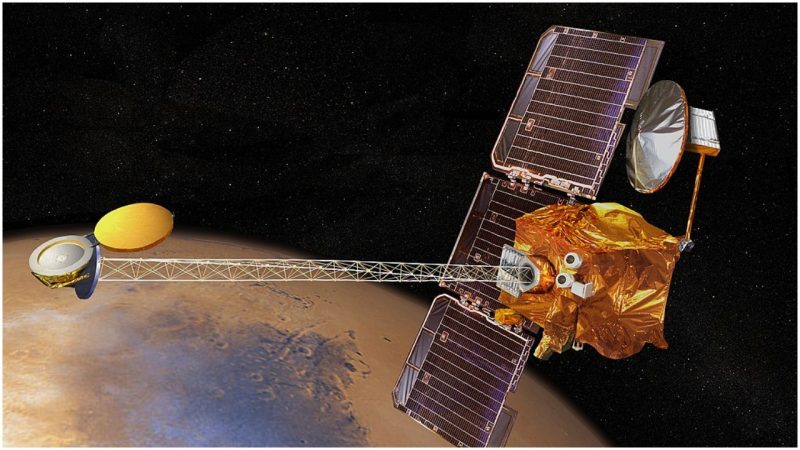NASA continually provides us with news from outer space. The most thrilling stories are connected to exploration of the Red Planet.
From Viking 1 and 2 of the late 1970s to more contemporary Mars rovers, NASA almost never failed in their space quests. However, there is one curious blemish in their history of space exploration that is a great wonder for many science enthusiasts.
In 1995 NASA scientists conceived a huge mission to be launched in late 1998/early of 1999.
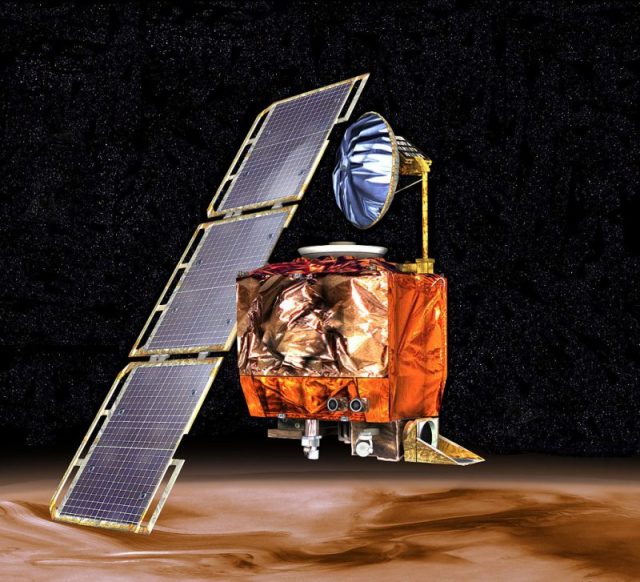
The Mars Climate Orbiter and Polar Lander were designed to find evidence of water existing on Mars, which is considered a key factor in finding life outside of our own planet.
It was a huge multi-mission program, developed at the Jet Propulsion Laboratory as a continuation of the Viking probes, but with a potential for exploring the planet in a much greater detail.
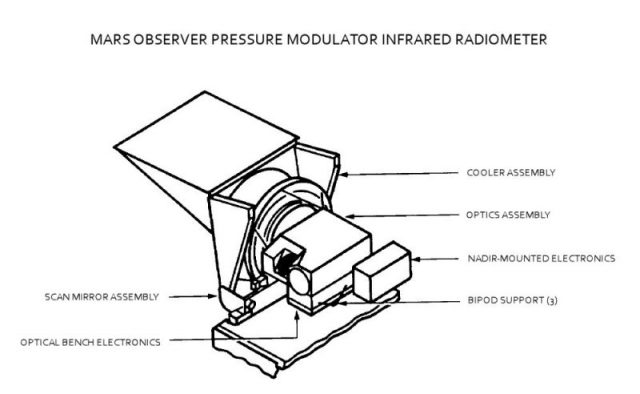
The Polar Lander was deployed to the planet’s surface, while the Mars Climate Orbiter was meant to stay orbit around Mars, relaying data from the Polar Lander back to Earth. The orbiter also collected atmospheric data from its lofty vantage point.
Lockheed Martin Co. in Denver worked on developing, building and operating the spacecraft. The problem was that the spacecraft was designed to operate using imperial units, while NASA has operated solely based on the metric system since the beginning of the ’90s.
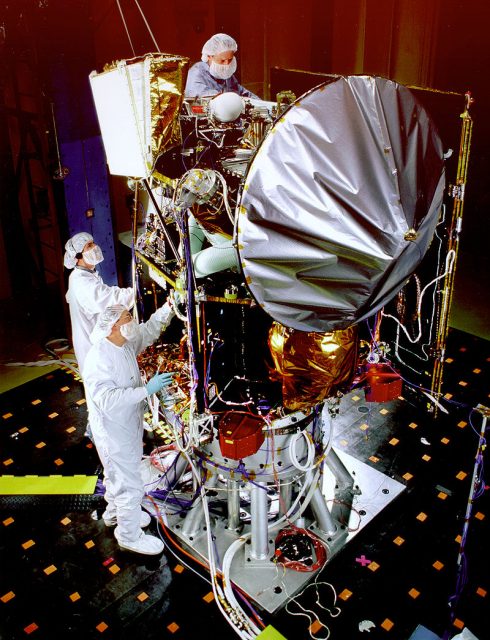
This was the root of the unfortunate mishap which caused the Climate Orbiter to be lost.
The Mars Climate Orbiter was launched on December 11, 1998 from Launch Complex 17A, located at Cape Canaveral Air Station in Florida. The mission was planned so that the spacecraft would reach Mars nine months after its launch.
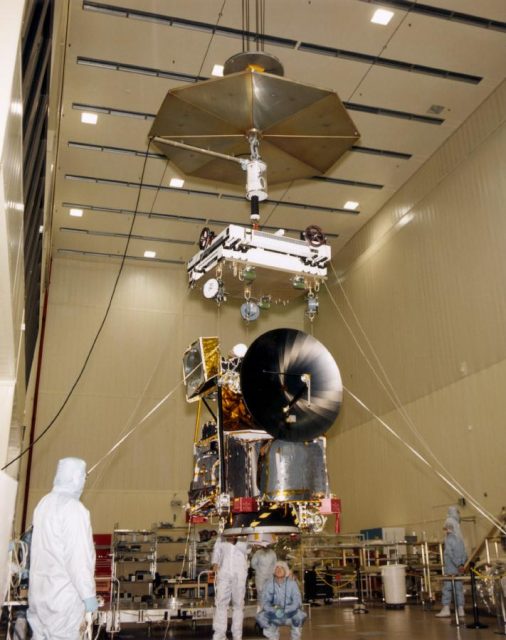
The orbiter, of course, couldn’t navigate on its own. There were whole teams working on Earth to guide it in the right direction. The spacecraft needed to be under constant surveillance of mission scientists who would keep it flying on the right path.
Location information was sent from the spacecraft to mission control, where it was processed and instructions to adjust the trajectory of the spacecraft were sent back.
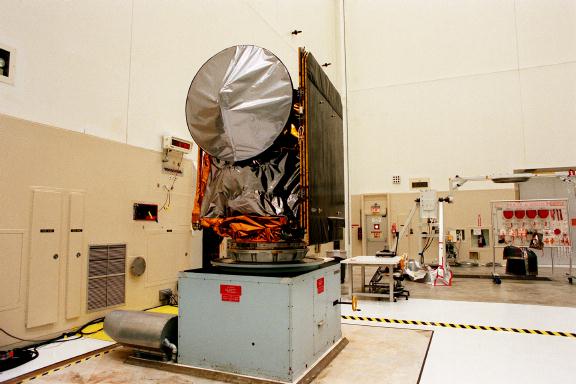
But the science team on the ground used metric measures, while the spacecraft was adjusted according to imperial measurements.
The exact details of what happened are unknown, but it is thought that the orbiter’s orbit took it too close to the planet. Heat generated by friction as it skimmed the top of the atmosphere could be what caused the engine to combust.
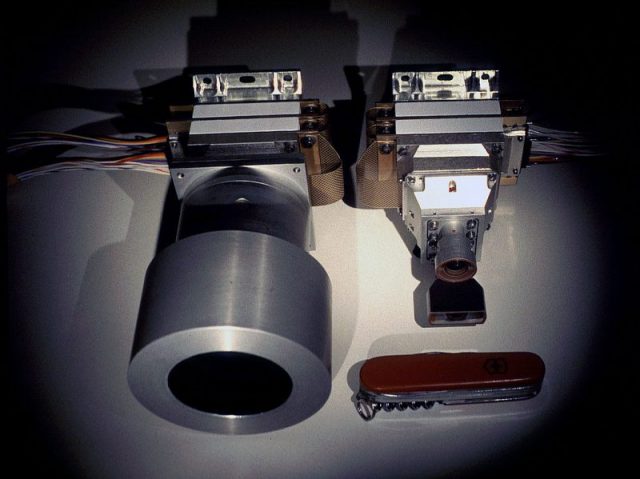
Even the smallest error in measurement can have a huge effect in outer space where the miles pile up easily.
Tom Gavin, working for the Jet Propulsion Lab, tried to defend Lockheed Martin and said for CNN: “This is an end-to-end process problem. A single error like this should not have caused the loss of Climate Orbiter. Something went wrong in our system processes in checks and balances that we have that should have caught this and fixed it.”
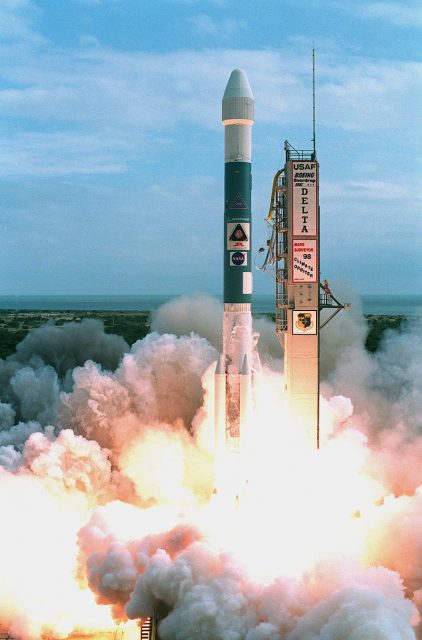
Lockheed Martin continued to produce different aircraft and even still provides NASA with orbiters for different Mars missions.
Lorelle Young, president of the U.S. Metric Association, blamed the government’s stinginess to invest in science as a main cause of this tragic mishap.
She said for CNN “In this day and age when the metric system is the measurement language of all sophisticated science, two measurements systems should not be used.”
And she added: “This should be a loud wake-up call to Congress that being first in technology requires funding, and it’s a very important area for the country.”
